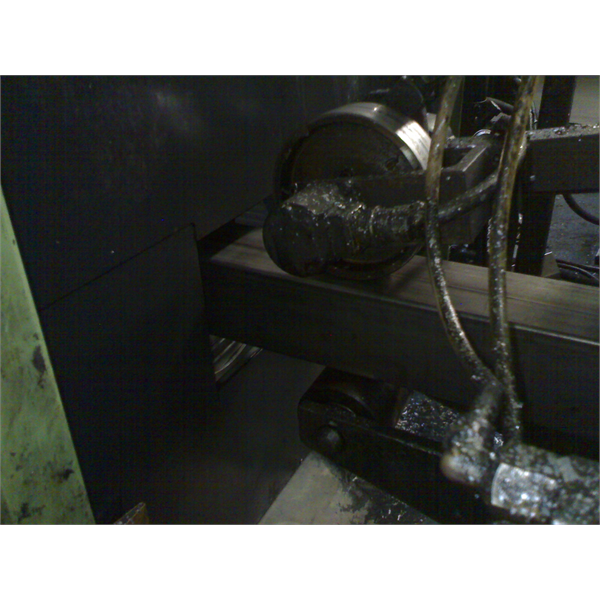
Detection of height and width of pressed, sheared, drawn or welded sheet metal parts with extraction of geometric or dimensional information
Measure of angles, distances, openings, positions to verify the correct execution of the workings or as preparation for welding and assembly operations
Comparison with the mathematical model for the determination of controlling shares
Applications on robotic islands, on Cartesian axes or on automatic assembly islands
Copyright by RODER SRL - All rights reserved - Application note AN0030